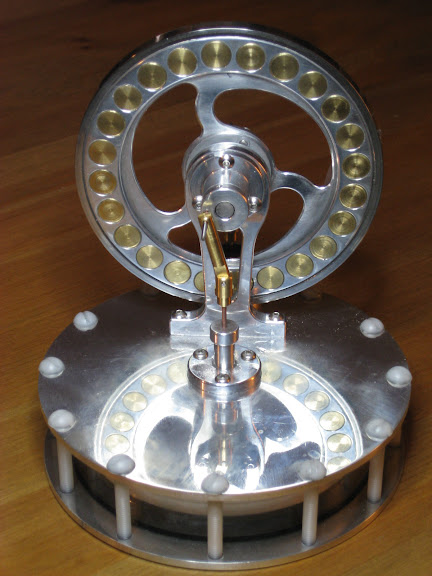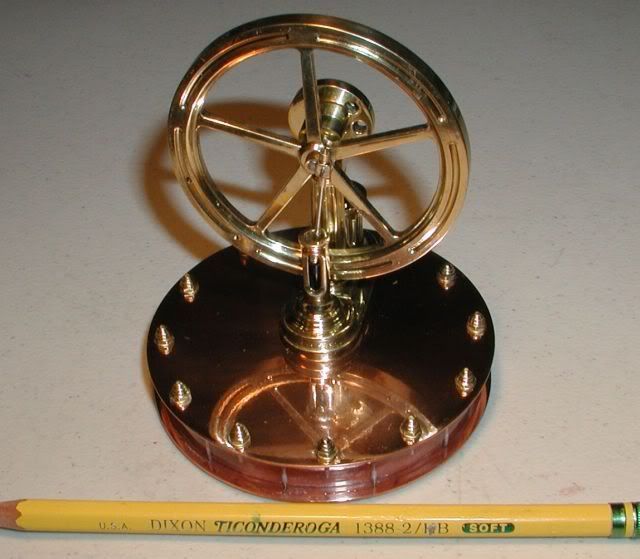This is my first LTD build and I`m pretty much sorted now for a design. My only issue is how to secure the clear plastic sides of the displacer to the top and bottom with an air tight fit. I know quite a few use a perminant fixture, JB welds or expoxy but I would prefer to have a fixture that can be dismantled if needed. I know quite a few builds use pillars between the top and bottom and grip the plastic inbetween but I guess you would need some sort of rubber to push up against to get an air tight seal. Any info appreciated..?
One final LTD question - how high should the main drive piston sit (in the drive piston cylinder) above the top of the displacer at its lowest position and does this even matter?
Any ideas welcome.
One final LTD question - how high should the main drive piston sit (in the drive piston cylinder) above the top of the displacer at its lowest position and does this even matter?
Any ideas welcome.






